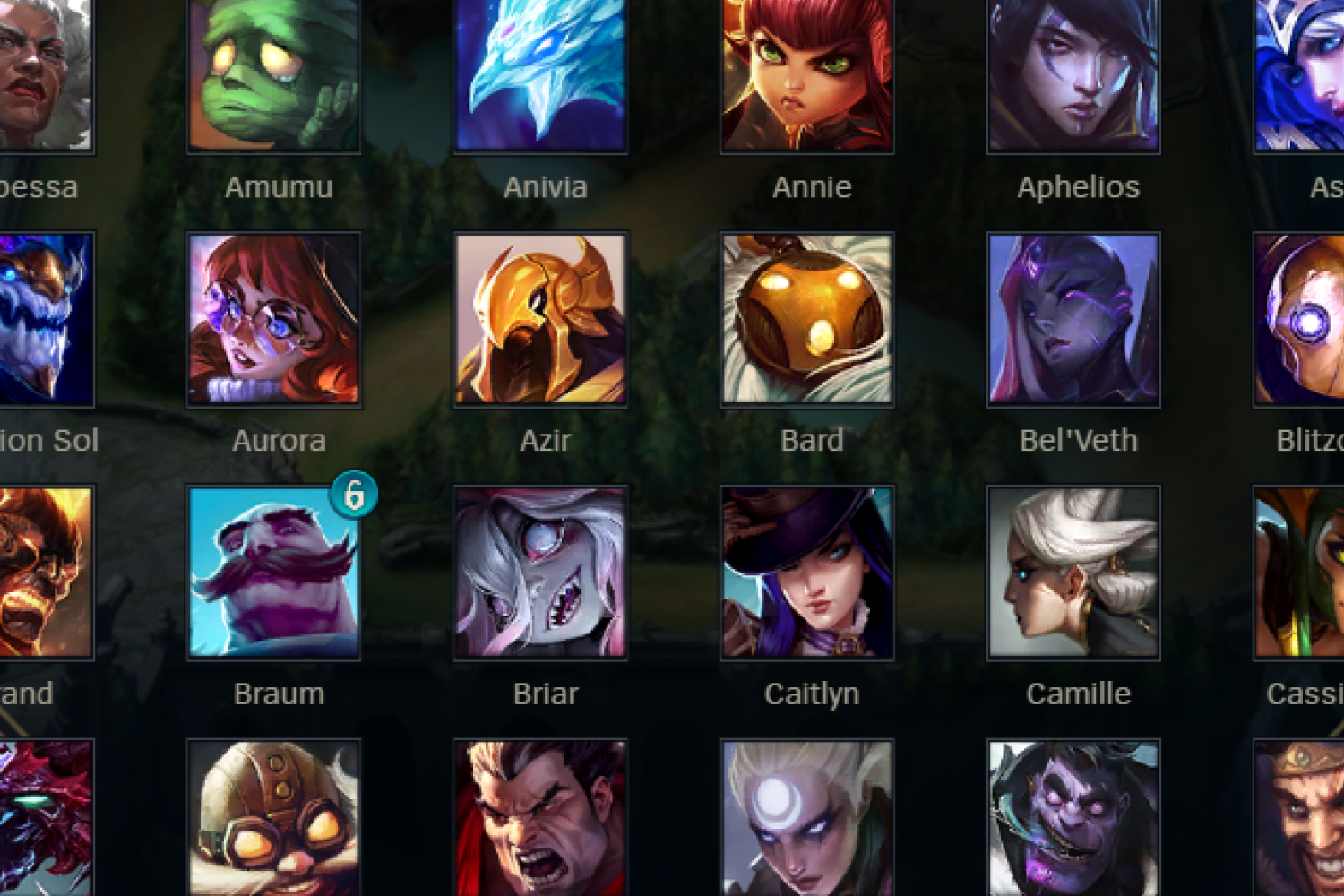LoL Champion Roles Explained: Real Playstyle Classifications and Insights from STATUP.GG


This guide was created by STATUP.GG, an AI-powered voice coach designed to help you play smarter and more confidently.
League of Legends has more than 170 champions as of 2025. For beginners, memorizing every champion’s abilities is nearly impossible, and many players jump into the game without even knowing which skills are essential. On top of that, new champions continue to be released.
However, even if you do not know every champion’s abilities in detail, the game becomes much easier once you understand how a champion fights and in what situations they are strong.
In this article, we introduce a clearer way to understand any champion, even on your first attempt, by combining Riot’s default role classifications with the playstyle and combat-tendency categories used by the STATUP.GG service, which are derived from real in-game data.
Riot classifies the more than 170 champions in League of Legends into six major categories, each divided further into specific sub-roles. Below is an overview of the official role system Riot uses.
Champions commonly referred to as “bruisers” are similar to the warrior-type characters seen in many other games. They are champions capable of providing both damage and durability. Under Riot’s classification system, these champions fall into the Skirmisher, Juggernaut, or Diver categories.
Mages are divided into three subgroups: Burst, Battle, and Artillery. Burst mages specialize in high instantaneous damage and can often function similarly to assassins. Battle mages have shorter ranges but excel in sustained fights through tankiness or consistent DPS. Artillery mages, on the other hand, rely on long-range poke to deal steady damage over time.
Controller and Tank roles are typically filled by support champions or top lane tanks. Catchers and Vanguards fit into these categories when they possess strong initiation tools or reliable crowd control abilities.
Riot’s classification helps players understand the basic structure of a champion’s ability kit, especially when encountering a new or unfamiliar champion for the first time. It provides a general framework for predicting how a champion might function.
However, these classifications alone are not enough to determine how a champion should actually be played in a real match or what actions will best support your team. To bridge this gap, the playstyle and combat tendency grouping used by the STATUP.GG system, which is introduced in the next section, offers valuable practical insight.
Unlike Riot’s static role classifications, the STATUP.GG service groups champions based on how they actually behave during gameplay, focusing on their passive, ultimate, and overall ability kit from a strategic and macro-play perspective. This approach helps players intuitively understand how to pilot a champion, as well as how to respond to the strengths and tendencies of enemy champions.
STATUP.GG assigns scores to each champion according to their combat style and play tendencies. These scores are then used to generate practical, champion-specific gameplay guidance. The system evaluates champions across the following criteria:
Using these scoring criteria, the STATUP.GG system can offer practical strategic insights. For example, if an allied champion has high scores in both Side Push and Global Skill Presence, the system recommends securing vision on the side where that champion is positioned to strengthen their pressure, while setting up objective fights on the opposite side of the map.
For jungle champions, the classification goes far beyond simple labels like “ganking-oriented” or “farming-oriented.” Instead, STATUP.GG applies a more detailed breakdown based on actual in-game factors such as level timings, fight strength, and optimal jungle pathing. Examples include:
Understanding these styles helps players identify not only how their own champion should be played, but also which timings to watch for and when to contest or avoid fights based on the opposing jungler’s tendencies.
When watching lower-tier games, you will often notice that players struggle not because they lack flashy mechanics or complex combos, but because they do not understand even the most basic principles of champion-specific gameplay. Many players completely ignore how their champion is meant to function.
For example, a jungler like Amumu has a powerful area-of-effect crowd control ultimate, which makes him weak in isolated 1v1 duels or small skirmishes. Elise, on the other hand, is designed to pick off single targets with her E ability and disengage quickly, which means she is not well suited for large-scale fights.
These differences shape the entire flow of the game for each champion, influencing whether their strength lies in scaling for late-game value or snowballing the early game. Amumu’s priority is simply to survive the early stages safely, while Elise must actively create pressure and look for early gank opportunities to gain an advantage. When playing Elise, it is structurally better to constantly force skirmishes and seek kill windows rather than spending time clearing distant jungle camps like the Krugs.
Champions that require side-lane play follow the same logic.
Champions like Fiora, Tryndamere, Nasus, Yorick, and Illaoi are structurally designed for one-on-one situations. Their kits naturally favor split pushing, allowing them to gain advantages through side-lane pressure rather than participating in full 5v5 teamfights. For these champions, what may look like selfish play often ends up being the most beneficial choice for the entire team.
Even if you are not playing these champions yourself, it is critical to understand how to respond when they appear on either your team or the enemy’s. Without understanding their role and structural strengths, players often default to grouping mid and forcing repeated 5v5 fights, which leads to inefficient and losing gameplay patterns.
By simply understanding a champion’s ability kit, role classification, and structural gameplay identity, you can clearly see how the game should be played. Do not stop at memorizing champion names. Instead, learn the ideal play patterns each champion is built to follow. This is one of the most fundamental and important steps toward increasing your chances of winning.
Found this helpful? Try STATUP.GG for real-time voice coaching in-game.
Questions or feedback? Email us anytime at contact@gamerrepublic.gg